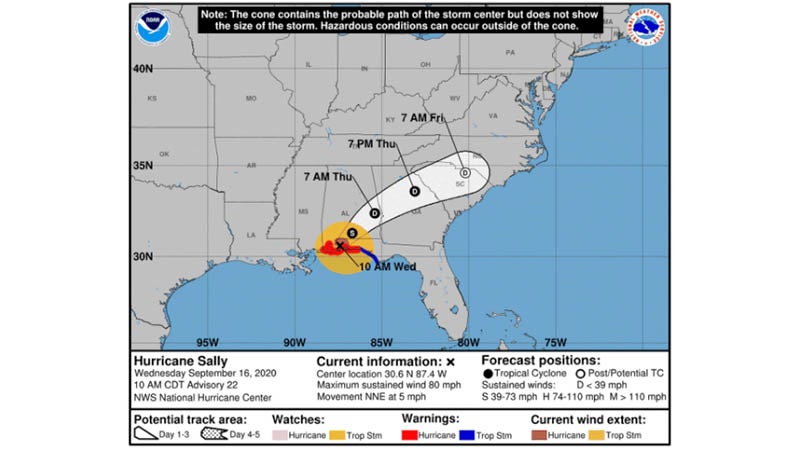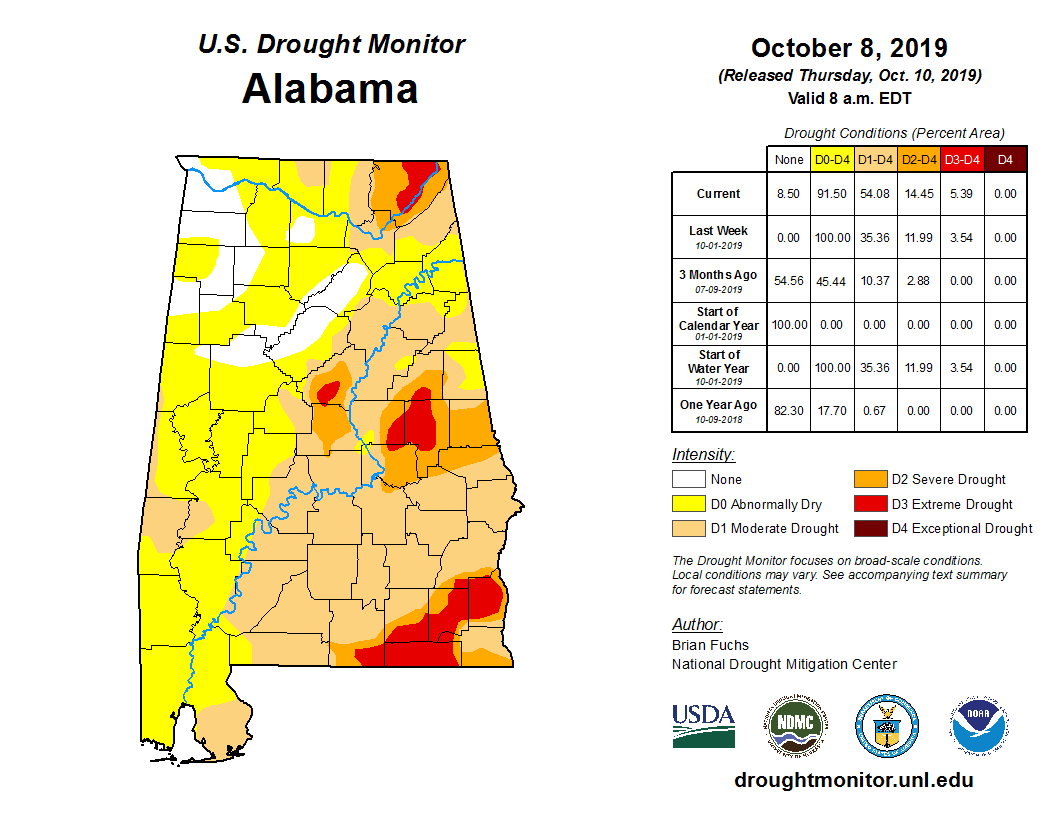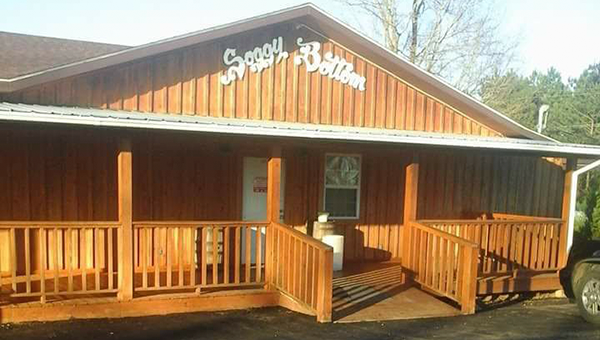Today begins Severe Weather Awareness Week
Published 3:08 pm Monday, February 17, 2014
Today’s focus is on severe thunderstorms, which officials say are common in Alabama and can occur any time of the year.
There are about 2,000 thunderstorms in progress around the world at any given moment; however, less than 1 percent of these are classified as severe, according to The National Weather Service in Birmingham.
Severe thunderstorms are defined as storms that produce 1-inch hail (about the size of a quarter) or larger and/or strong wind gusts of 58 miles per hour or greater.
A Severe Thunderstorm Watch means that conditions are favorable for the development of severe thunderstorms in and close to the watch area. People located in and around the watch area should keep an eye to the sky and listen to their NOAA weather radios all hazards or tune to the local broadcast media for further weather information. Typically, watches last around six hours and cover a relatively large area.
A Severe Thunderstorm Warning means that either a severe thunderstorm is occurring and has been detected by National Weather Service Doppler Radar or a reliable report has been received. People in the warned area should take immediate action to protect their lives, lives of others and their property. Tornadoes can and occasionally do accompany severe thunderstorms. Treat this warning the same as you would for a Tornado Warning by taking the proper safety precautions. Warnings are issued for smaller, more specific locations and generally last for one hour or less.
The best defense against thunderstorms is to stay inside a sturdy, substantial building that can protect against lightning, hail and winds gusts. Thunderstorms typically do not last very long.
If caught outside, find shelter immediately. Once inside, stay away from windows and avoid electrical equipment. Be sure to secure loose objects outside as these can become dangerous flying debris in high winds.




